ALL UNIT ONE
1/187
Earn XP
Description and Tags
Name | Mastery | Learn | Test | Matching | Spaced |
|---|
No study sessions yet.
188 Terms
produces
causation
related to
correlation
tends to
correlation
causes
causation
associated with
correlation
leads to
causation
linked to
correlation
affects
causation
connected to
correlation
results in
causation
predicts
correlation
tied to
correlation
influences
causation
increases with
correlation
improves
causation
corresponds with
correlation
changes
causation
increases
causation
reduces
causation
coincides with
correlation
decreases
causation
experiment
A research method used to determine a cause-and-effect relationship by randomly assigning participants to control and experimental groups. The researcher manipulates an independent variable to observe its effect on the dependent variable.
experimental group
in an experiment, the group exposed to the treatment, that is, to one version of the independent variable.
placebo effect
when a person's physical or mental health appears to improve (due to expectations) after taking a placebo or 'dummy' treatment
independent variable
in an experiment, the factor that is manipulated
confounding variable
a factor other than the factor being studied that might influence a study's results. (Random assignment is used to try to minimize the influence of these).
dependent variable
in an experiment, the outcome that is measured
Peer review
the evaluation of scientific, academic or professional work by others in the same field to ensure quality and validity before publication or presentation
Falsifiable
principle that for a hypothesis or theory to be considered scientific, it must be possible to conceive of evidence that would prove it to be false
Meta-analysis
a research method involving statistically combining the results of many different but related research studies
replication
repeating the essence of a research study, usually with different participants and settings to see whether the basic finding extends to other circumstances
social desirability bias
a type of response bias that occurs when respondents answer questions in a way that presents them favorably to others. This is due to a desire to be perceived positively by others, and to conform to social norms and expectations.
Self-report bias
Inaccuracies or distortions in responses to surveys or questionnaires due to factors such as social desirability.
Experimenter Bias
Occurs when a researcher’s expectations or preferences about the outcome of a study influence the results obtained
Convenience Sampling
any process for selecting a sample of individuals that is neither random nor systematic but rather due to the group of people being easy to access. Data obtained DO NOT generalize to a large population.

Representative Sample
a group of people randomly selected from a larger population, that accurately represents the characteristics of a larger population.

generalizability
Degree to which a study’s findings based on a sample apply to the entire population (need a representative and large sample)
reliability
the ability of a test or experimenter to yield very similar results when repeated
sample
a relatively small proportion of people who are chosen in a study so as to be representative of the whole
quantitative research
research that focuses on gathering and analyzing numerical data to understand relationships, patterns, or trends
qualitative research
research that focuses on gathering and analyzing non-numerical data, such as observations, interviews or textual analysis (understand meanings, experiences, perspectives)
likert scales
rating scale used to measure attitudes, opinions, and behaviors (Typically an agree/disagree scale)
positive correlation
a relationship between two variables in which they both move in the same direction (they both increase or they both decrease)
negative correlation
a relationship between two variables in which the value of one variable increases as the other variable decreases (different directions)
directionality problem
in correlation research, the situation in which it is known that two variables are related although it is not known which is the cause and which is the effect
third variable problem
a research issue that occurs when a third, unseen variable influences the relationship between two other variables, leading to incorrect conclusions about the relationship between the original two variables. (Ex. The correlation between ice cream sales and shark attacks is likely due to the third variable of warm weather)
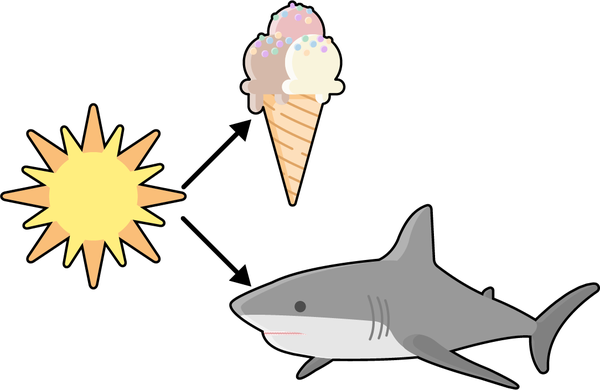
control group
group in an experiment that does not receive treatment (used for comparison)
placebo
a substance or procedure that resembles an actual treatment
causation/casual relationship
This can only be determined when researchers carry out an experiment using random assignment and manipulating the independent variable.
correlation
a research method used study the relationship between two variables
hypothesis
a testable prediction, often implied by a theory.
operational definition
a carefully worded statement of the exact procedures (operations) used in a research study; this allows for a study to be replicated
replication
repeating the essence of a research study, usually with different participants in different situations, to see whether the basic finding can be reproduced.
naturalistic observation
a research method involving observing and recording behavior in naturally occurring situations without trying to manipulate or control the situation.
survey
a descriptive technique for obtaining the self-reported attitudes or behaviors of a particular group; this is a helpful tool for gathering data on large groups
sampling bias
a flawed sampling process that produces an unrepresentative sample.
population
the entire group of individuals that a researcher is interested in studying and wants to generalize the results of a study to.
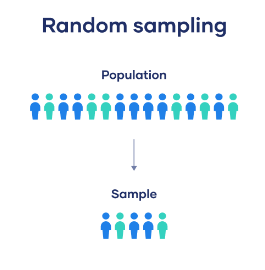
random sample
a sample that fairly represents a population because each member has an equal chance of being selected. This allows for the results of a study to be generalizable to a larger population.
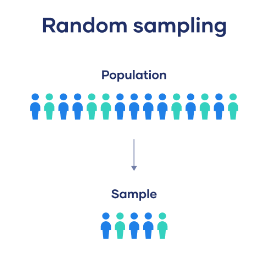
correlation
a research method used to measure the relationship between two variables. It can help determine if variables tend to predict one another. It CANNOT prove causation.
correlation coefficient ( r )
a statistical measurement of the relationship between two variables (A strong relationship is close to one or negative one; a weak relationship is close to zero)
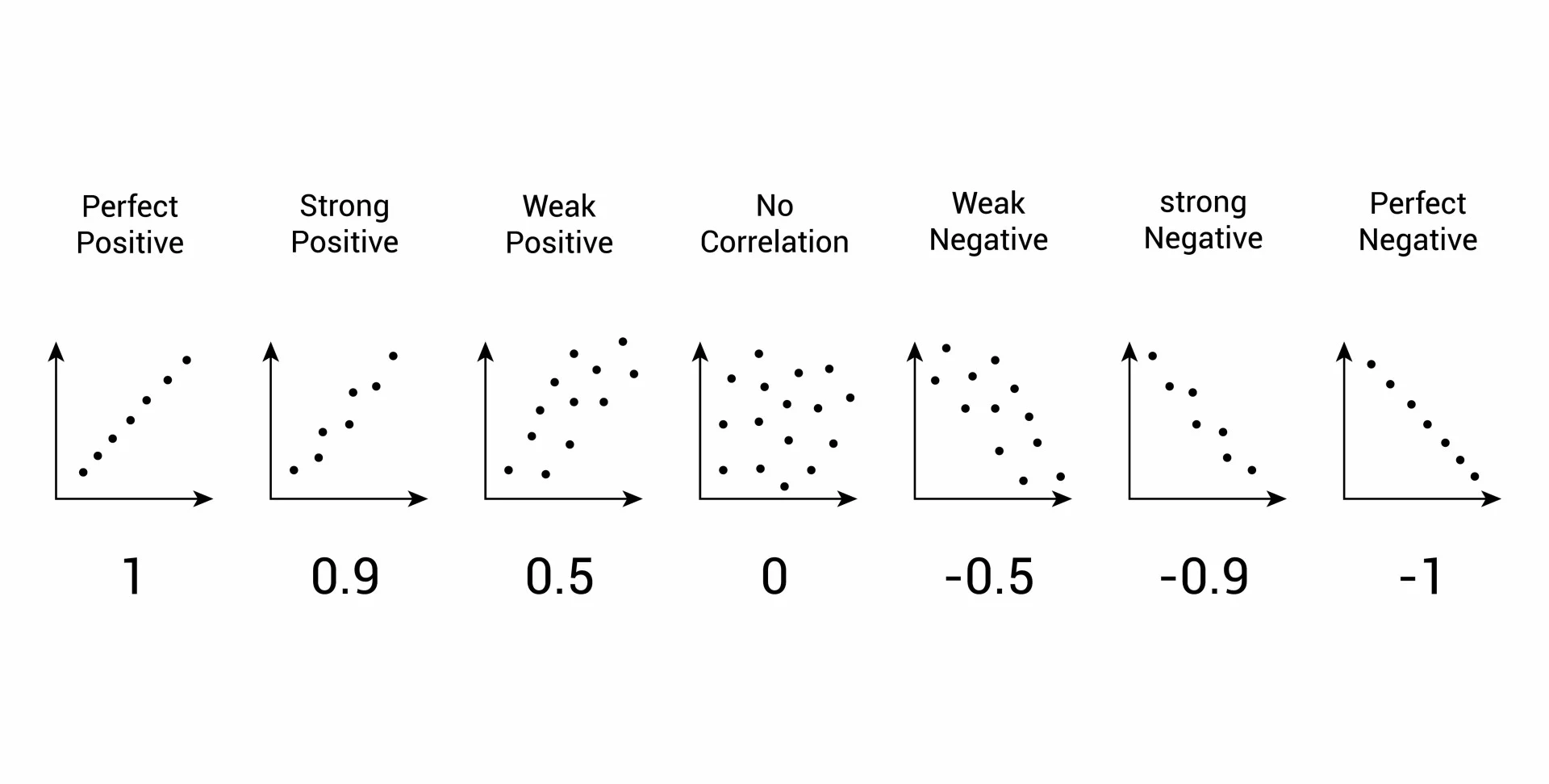
scatterplot
a visual representation of the relationships or associations between two numerical variables, which are represented as points (or dots), each plotted at a horizontal axis (y-axis) and vertical axis (y-axis).
validity
the extent to which a test or experiment measures or predicts what it is supposed to
Single-blind procedure
research design in which participants don't know whether they are in the experimental or control group, but the researchers do.
Double-blind procedure
A research strategy in which neither subjects nor experimenters know which subjects are in the experimental or control groups.
Case Study
a research method in which one person, or a small group of people is studied in depth (especially if studying something rare or unusual)
Random Assignment
assigning participants to experimental and control conditions by chance, thus minimizing preexisting differences (confounding variables) between those assigned to the different groups
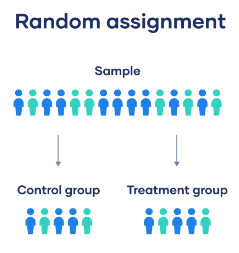
Psychology
The scientific study of behavior and mental processes in human and nonhuman animals.
biological perspective
a perspective in psychology focused on factors such as genetics, brain structure, neurotransmitters, and hormones.
evolutionary psychology
a perspective that studies human behavior and mental processes based on how humans have evolved, natural selection, and the need for survival and reproduction.
Psychoanalytic/ Psychodynamic Perspective
a perspective focusing on someone’s unconscious desires, past experiences and childhood
behavioral perspective
a perspective of psychology focusing on observable responses (behaviors), and their explanation by principles of learning from modeling, reinforcement, or punishment.
Cognitive Perspective
the scientific study of all the mental activities associated with thinking, knowing, remembering, and communicating
humanistic psychology
an approach to understanding human nature that emphasizes human ability, growth, potential, self-actualization, and free will
social-cultural psychology
a perspective focused on how behaviors and thoughts are influenced by people’s social and cultural norms and environments.
Industrial-Organizational Psychology
the study of human behavior in the workplace to help organizations improve productivity and efficiency
critical thinking
thinking that does not blindly accept arguments and conclusions. Rather, it examines assumptions, discerns hidden values, evaluates evidence, and assesses conclusions.
Hindsight Bias
The tendency to believe, after learning an outcome that one would have foreseen it (AKA “I knew it all along”)
Confirmation Bias
A tendency to search for information that supports our preconceptions and to ignore or distort contradictory evidence
Overconfidence
causes people to overestimate their abilities, knowledge, and skills, while underestimating the demands of a situation
regression towards the mean
the tendency for extreme or unusual scores to fall back towards the average
experiment
A research method used to determine a cause-and-effect relationship. The researcher manipulates an independent variable to observe the effect it has on the dependent variable. By random assignment of participants into control and experimental groups, the experimenter aims to control other relevant factors.
experimental group
in an experiment, the group exposed to the treatment, that is, to one version of the independent variable.
control group
in an experiment, the group not exposed to the treatment; contrasts with the experimental group and serves as a comparison for evaluating the effect of the treatment.
placebo effect
when a person's physical or mental health appears to improve (due to expectations) after taking a placebo or 'dummy' treatment
independent variable
in an experiment, the factor that is manipulated
confounding variable
a factor other than the factor being studied that might influence a study's results. (Random assignment is used to try to minimize the influence on these).
dependent variable
in an experiment, the outcome that is measured
Peer review
the evaluation of scientific, academic or professional work by others in the same field to ensure quality and validity before publication or presentation
Falsifiable
principle that for a hypothesis or theory to be considered scientific, it must be possible to conceive of evidence that would prove it to be false
Meta-analysis
a research method involving statistically combining the results of many different but related research studies
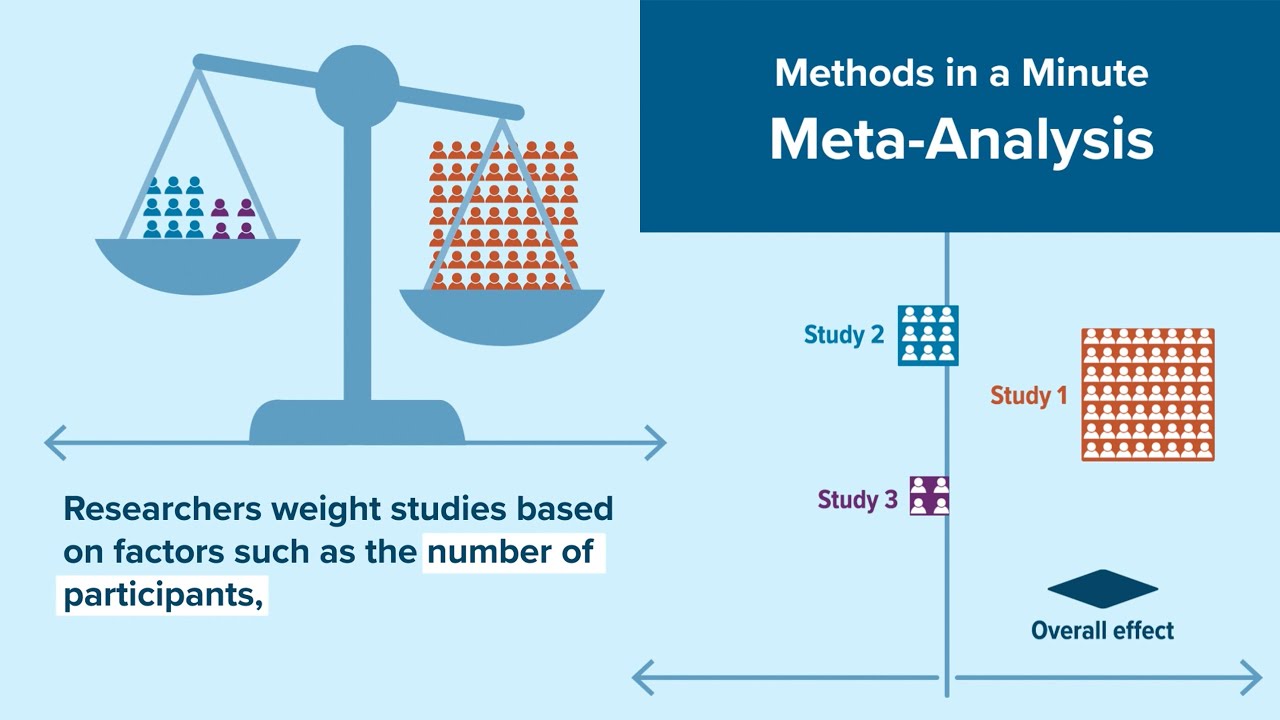
replication
repeating the essence of a research study, usually with different participants and settings to see whether the basic finding extends to other circumstances
social desirability bias
a type of response bias that occurs when respondents answer questions in a way that presents them favorably to others. This is due to a desire to be perceived positively by others, and to conform to social norms and expectations.
Self-report bias
Inaccuracies or distortions in responses to surveys or questionnaires due to factors such as social desirability.
Experimenter Bias
Occurs when a researcher’s expectations or preferences about the outcome of a study influence the results obtained
Convenience Sampling
any process for selecting a sample of individuals that is neither random nor systematic but rather due to the group of people being easy to access. Data obtained DO NOT generalize to a large population.

Representative Sample
a group of people randomly selected from a larger population, that accurately represents the characteristics of a larger population.

generalizability
Degree to which a study’s findings based on a sample apply to the entire population (need a representative and large sample)
reliability
the ability of a test or experimenter to yield very similar results when repeated
sample
a relatively small proportion of people who are chosen in a study so as to be representative of the whole
quantitative research
research that focuses on gathering and analyzing numerical data to understand relationships, patterns, or trends